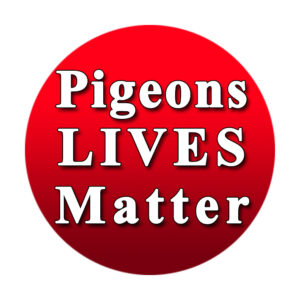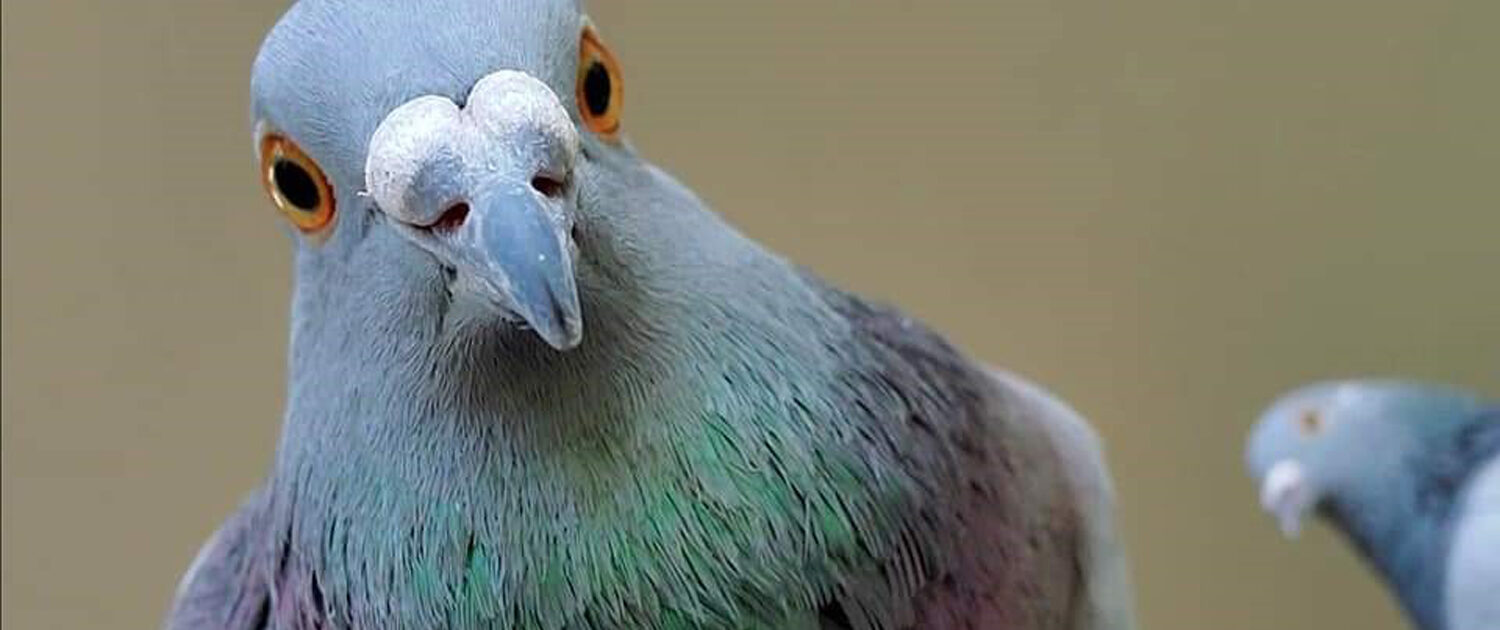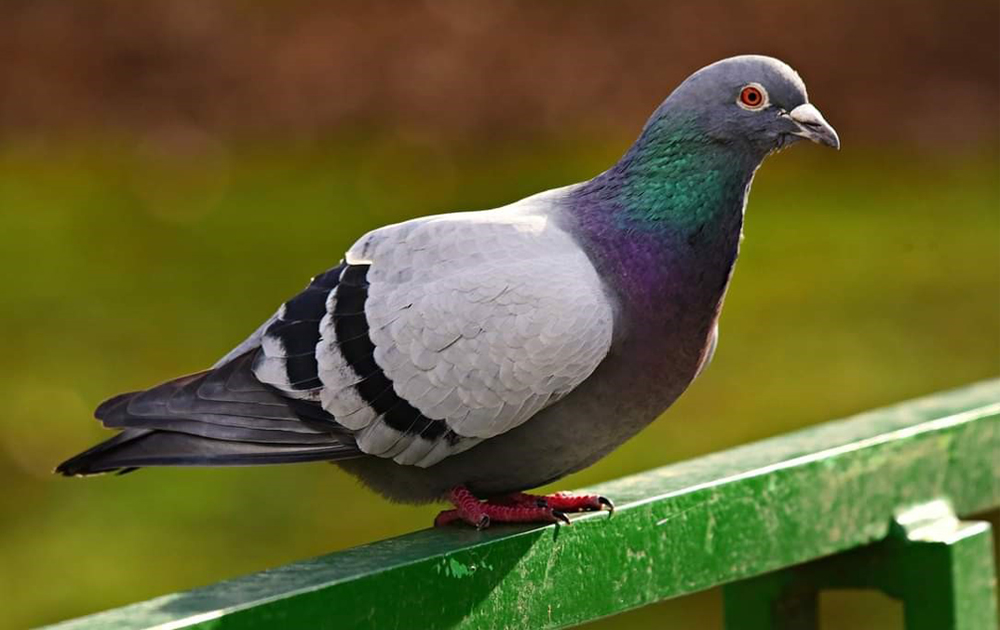
Keeping Pigeons Close to Our Hearts
New research finds that pigeons can classify diseased and normal human hearts.
According to the CDC, you are more likely to die from heart disease than from cancer or respiratory diseases. Care providers and researchers work around the clock to fight this gloomy statistic, developing preventative pharmacological and last-resort invasive therapies. However, the effective deployment of these therapies requires a timely and reliable method for detecting the onset of cardiac disease. If your physician suspects you might be suffering from heart disease, then they will likely recommend that you get a Myocardial Perfusion SPECT test (or MPS for short). Although this test is highly accurate in determining how well blood is flowing through the heart muscle (the myocardium), the decision of whether you will need treatment ultimately rests on how accurately this test is interpreted by your physician. The bad news is that studies have shown that humans’ interpretation of MPS tests is fairly subjective: individual observers are only moderately accurate (they are correct about 85% of the time), and inter-observer agreement is imperfect (different observers agree only 87% of the time). To avoid this interpretability problem, some researchers have proposed to aid humans’ interpretations using artificial intelligence. In a recent project, we took this proposal one step further, by requesting medical consultation from a feathery friend: the pigeon. In case you missed it, we have previously reported that pigeons can proficiently classify mammograms and histology samples of human breast tissue as benign or malignant. This time around, using elementary operant conditioning techniques, we trained pigeons to distinguish between MPS tests from normal of abnormal hearts, which had nominal and low perfusion levels, respectively. Pigeons were initially trained to peck one of two different black-and-white patterns on a touchscreen to report whether the MPS data they were seeing on a computer monitor corresponded with normal or abnormal hearts. In each training session, pigeons were shown individual MPS images across several trials. On each trial, pigeons had to peck the image multiple times. Having ensured pigeons had enough time to study the image, we presented them with two report buttons located on each side of the image. A final peck to either of the report buttons constituted the pigeon’s choice. If the image shown to them was normal and they pecked the “normal” report button, or if the image shown to them was abnormal and they pecked the “abnormal” button, then we rewarded them with food. However, if the pigeons pecked the incorrect button, then no food was given. Pigeons succeeded in quickly learning these images, attaining 80% to 85% accuracy. We then set out to discover whether our pigeons could generalize their diagnoses to images they had never seen before. The birds passed this generalization test with flying colors—categorization of novel images was as just accurate as was categorization of familiar images—confirming they had not merely memorized the appropriate response for each image, but rather had acquired true normal/abnormal categories. In a final test, we showed the pigeons black-and-white versions of the same MPS images they had seen in training. Despite these images conveying the identical information as their colored counterparts, pigeons were unable to categorize these images accurately. Clearly, color had played a pivotal part during learning. In a second experiment, a different cohort of pigeons was trained with black-and-white MPS images from the get-go. Although the absence of color information put a dent in the speed with which our pigeons learned to categorize the images, the birds were again able to transfer their performance to novel images with no loss in accuracy. It is worth noting that MPS data are not initially colorized; technicians choose whether to colorize these images, and if so, which color map to use. That decision is not trival. By keeping pigeons close to our hearts and seeing the world through their eyes, we learned a thing or two about the psychological processes underlying humans’ classification of medical images. By using pigeons as surrogate cardiologists, our pair of experiments proved that the presence of color information makes difficult medical classification tasks such as these easier to learn, but it does not necessarily improve the ability to classify new cases.
Edward A. Wasserman Ph.D.
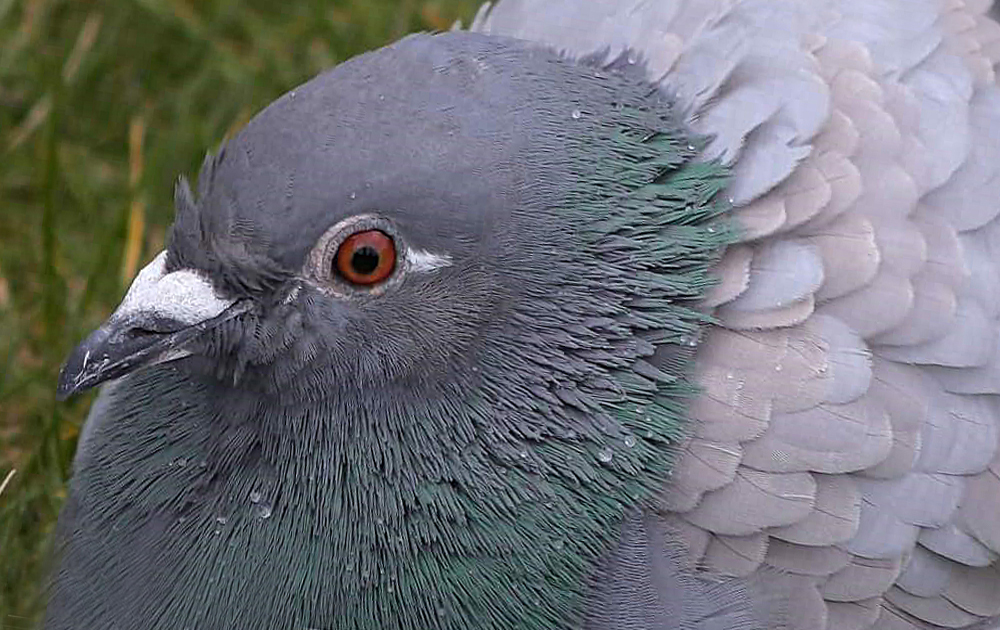
The Surprising Neuroscience of Pigeon Intelligence
Pigeons can discriminate Picasso paintings from Monets.
In 1995, Japanese scientists tested the visual abilities of pigeons in an unusual way: They showed the birds paintings by Picasso and Monet (Watanabe et al., 1995). Pigeons were trained to discriminate between photographs of Monet and Picasso paintings. They had no problems doing this. Then they were tested with other pictures by the two artists they had never seen before. Still, the birds had no problem discriminating between the artworks. Fascinatingly, the birds were also able to discriminate between the works of other Cubist artists and other Impressionist artists. This shows that pigeons can categorize complex man-made artworks and even discriminate between two art movements—something even some humans without a background in art history might have problems with.
Pigeons can detect cancer in radiology images.
Another unusual experiment on the amazing visual abilities of pigeons was conducted in 2015: Here, the authors tested whether pigeons were able to discriminate benign from malignant human breast tumors in medical images (Levenson et al., 2015). Human medical professionals go through years of highly specialized training before they can reliably detect cancer. Using food rewards, the birds were trained to discriminate between pictures of malignant and benign tissue samples. Later they were shown novel images from both categories and were still able to discriminate between malignant and benign tissue samples. Thus, although detecting breast cancer in medical images is a task that requires considerable training and is very difficult for inexperienced humans, pigeons showed a remarkable ability to make the correct diagnosis. Of course, no clinic will ever use pigeons in medical diagnostics, but the experiment clearly shows how impressive the visual abilities of these birds are.
Pigeons are on par with primates when it comes to counting.
When asked which group of animals is the most intelligent, most people will probably answer primates, the order of animals that contains apes like chimpanzees and gorillas and monkeys like baboons and macaques. But did you know that the numerical abilities of pigeons are on par with that of primates? In a 2011 study, researchers from the University of Otago in Dunedin, New Zealand, investigated whether pigeons showed the ability to learn abstract numerical rules (Scarf et al., 2011). Many animal species have been shown to be able to discriminate between different numbers, e.g., 2 and 20 food pellets. This is an easy task that even insects like honeybees can solve. However, up to that point only primates had been shown to be able to solve more complex mathematical problems like counting from one to nine. The New Zealand researchers presented the birds with sets of visual figures that always contained one, two, and three objects. The birds were trained to respond to the stimuli in ascending order from one to three. The birds could not only do this task, but a similar task with new stimulus sets containing one to nine objects. Thus, pigeons can count from one to nine, just like monkeys – a task that is impossible for many other species.
Pigeons can recognize words.
An important part of reading is the ability to visually recognize words (orthographic knowledge). In a 2016 study (Scarf et al., 2016), a research team from New Zealand and Germany showed that humans are not the only species with orthographic abilities: Pigeons can be trained to discriminate words from meaningless combinations of letters. Using food rewards, pigeons learned between 26 and 58 words and were able to discriminate them from 7,832 meaningless four-letter combinations. Moreover, the birds were able to discriminate completely new words they had never seen during training from meaningless letter combinations. This shows that the pigeons had a representation of what a word is in their brains – and that the neural bases of reading, a skill thought to be uniquely human, is also present in animal brains decidedly different from ours.
Pigeons have an amazing memory.
When thinking of animals with great memory, most people would probably come up with elephants. But in a German study from 1990 (von Fersen and Güntürkün, 1990), pigeons were trained to memorize 725 random black-and-white visual patterns. The patterns did not share any systematic characteristics, so the pigeons had to memorize them one by one. The animals needed to identify the 100 “positive” patterns from the 625 “negative” patterns to obtain food rewards. This is a memory task so complex that most humans would have trouble with it. Nevertheless, the pigeons had no problems with this complicated task.
CONCLUSION
Many of us tend to think that there some animal species that are particularly intelligent, like dogs, dolphins, or apes. We underestimate the cognitive capabilities of species we see as pests. Despite their reputation, research shows that pigeons have amazing visual, numerical and memory abilities on par with some of the smartest species.
Sebastian Ocklenburg, Ph.D.
The Asymmetric Brain
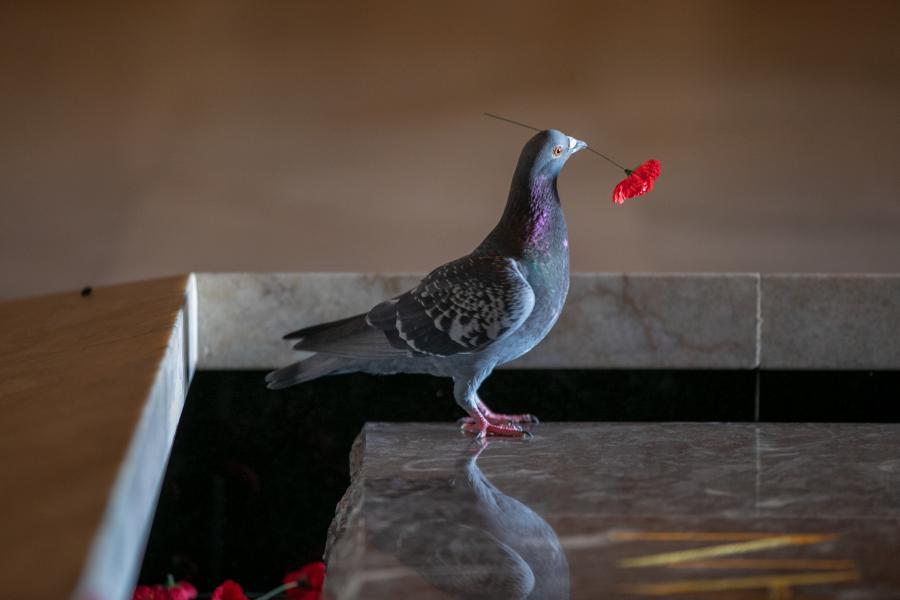
Winged warriors
In the peace and quiet of the Hall of Memory at the Australian War Memorial, a pigeon has been busy preparing for new life in a place that commemorates death, sacrifice and renewal.
Each day the pigeon has been flying down to the Tomb of the Unknown Australian Soldier to steal poppies, carefully crafting a nest in the lead-up to Remembrance Day in an alcove above the stained-glass window of a wounded Australian soldier.
The wounded soldier symbolises the defining quality of “endurance”, and the nest of poppies nearby is a poignant reminder of the powerful bond between man and beast on the battlefield.
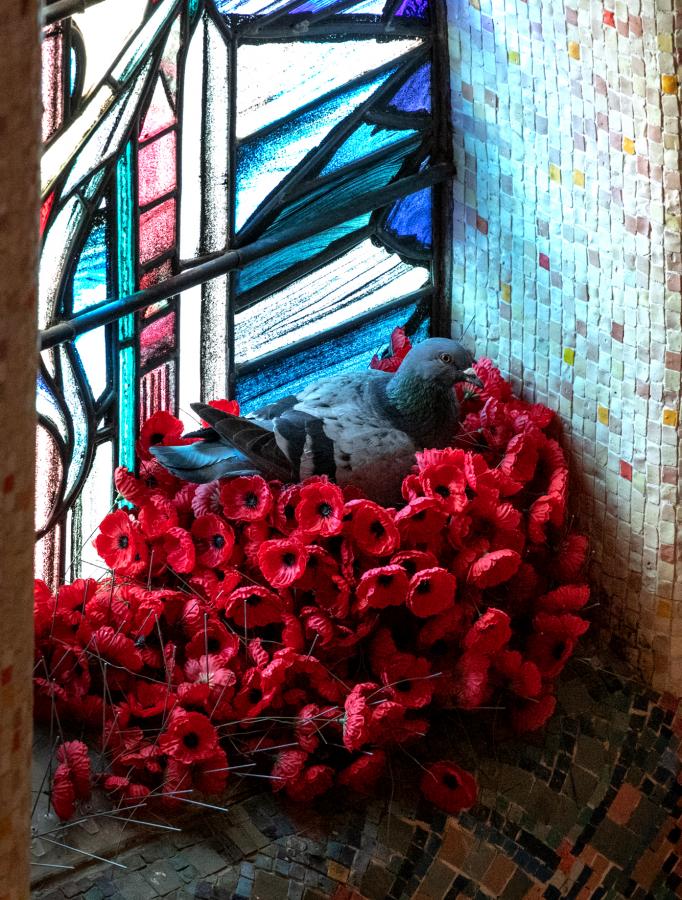
“Pigeons have been in use in both war and civilian life for centuries,” said historian Dr Meleah Hampton.
“Whenever we talk about animals in war, they are fulfilling a purpose or performing a task that people can’t do easily on their own. So we use horses for transporting people or pulling guns, and we use pigeons as an answer to our problems with communication.
“Particularly in the early wars, communication is really difficult. Wireless is in its absolute infancy in the First World War and telephone wires get broken apart in the shellfire on the Western Front. So pigeons are particularly of use in warfare when you’ve got a couple of men trying to get a message from where they are back to the backline; a pigeon can get that through sometimes when nothing else can.”
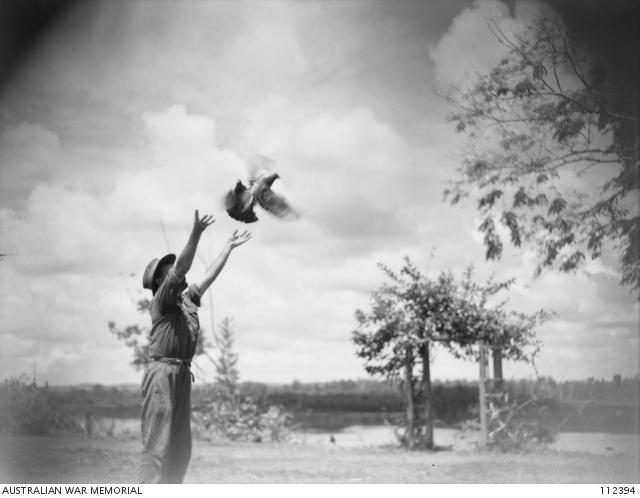
When the Second World War broke out, soldiers turned to pigeons for help once more.
“One of the surprising things about pigeons is how widely they were used in the Second World War,” Dr Hampton said.
“We often think about the Second World War as a time when technology has taken over. We’ve got our trucks instead of horses, and wireless radio, and sophisticated radar signals, and all those sorts of things. But particularly in the Pacific, the mountains and the humidity meant that the wireless radios didn’t work very well, so pigeons were actually the most effective way of getting messages up and over the Owen Stanleys, and throughout the islands.”
The Australian Corps of Signals Pigeon Service was established, and thousands of birds were used to help solve the military’s problems with communication.
“In the early years of the war, Australia decided that we should probably look at creating a pigeon service signals corps, so in 1942 they put the call out to the pigeon fanciers of Australia,” Dr Hampton said. “A lot of men enlisted to become pigeon couriers for the army and pigeon fanciers around Australia donated their birds.”
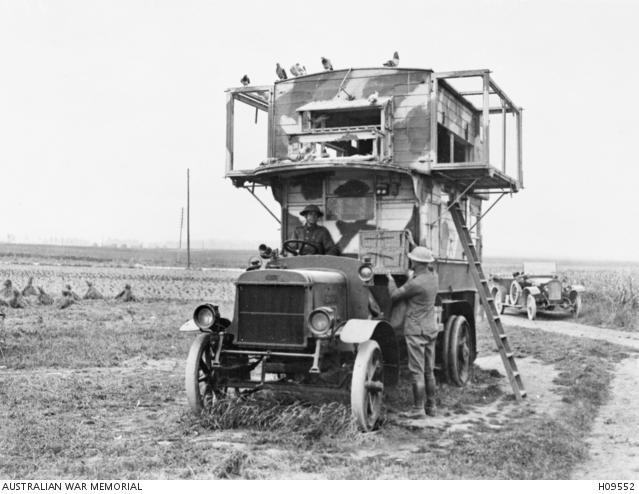
Between 1942 and 1943, pigeon fanciers across the country gave some 13,500 trained pigeons to the army for use for signals purposes.
“That was part of their war effort, to hand over these birds, and they got together as many as they could get,” Dr Hampton said. “And that civilian effort is, I think, this little magnificent understory of the war.
“They actually become a really effective resource. They become so effective that Australia starts teaching other armies in the area, like the Americans, how we put our pigeon service together – and helping them to put theirs together and expand. It was huge by the end of the war.”
Two Australian pigeons were awarded the Dickin Medal for their actions during the war. The medal, instituted by Maria Dickin, the founder of the People’s Dispensary for Sick Animals in England, is popularly referred to as the Victoria Cross for animals and is awarded to any animal displaying conspicuous gallantry and devotion to duty in wartime.
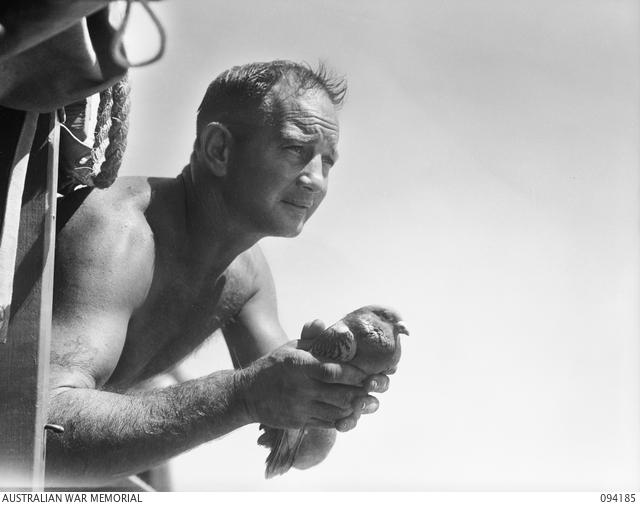
In 1944, the blue chequer pigeon known as DD43 Q879 was sent to help United States forces attempting to recapture Manus Island, north of New Guinea. A small group of soldiers headed off through dense jungle with a radio and a basket of pigeons, including Q879, to investigate reports that enemy troops were preparing for a counter-attack. They confirmed that the reports were correct and that many Japanese soldiers were camped nearby, preparing for a major attack.
As the Americans headed back to their base they were spotted by the Japanese and a fight broke out. The soldiers needed help, but their radio no longer worked. One after another the pigeons were released, with messages calling for help rolled up in tiny canisters on their legs, but each pigeon was shot down by the Japanese troops. The Americans were surrounded by the enemy and knew that little Q879 was their last chance for rescue.
“The first two pigeons were shot down, but the third got back in remarkably quick time with the message,” Dr Hampton said. “He flew the 48 kilometres back to base in just 47 minutes and the men at the base were able to rescue the forward squadron.”

In July 1945, another Australian pigeon – a blue bar cock pigeon known as DD43 T139 – was awarded the Dickin Medal for carrying a message from a foundering boat to Madang, New Guinea, through a severe tropical storm. The pigeon flew 40 miles in 50 minutes and the boat, together with valuable stores, ammunition and equipment, was salvaged as a result and the men saved.
“There are lots of stories of pigeons valiantly going forward and saving people’s lives,” Dr Hampton said.
“Nobody really knows if they are just doing what they are trained to do, or if they are truly winged warriors. But they are a tool that we have been able to use to our advantage, and they have been incredibly valuable in wartime.
“If you look at the pigeons from an operational perspective, they’re really important and they fulfil a role that we can’t do. But now we’ve got different problems.
“Before, it was transport and communication; now it’s finding the enemy and identifying their weapons. So we’re still using animals in warfare today, but now we’re using dogs to locate the enemy and to locate improvised explosive devices.
“Eventually perhaps we will be able to do these things without animals, but in the meantime, we still need them, and we still work closely with them.”
Pigeon Who Used Poppies To Make Nest Welcomes Baby At War Memoria
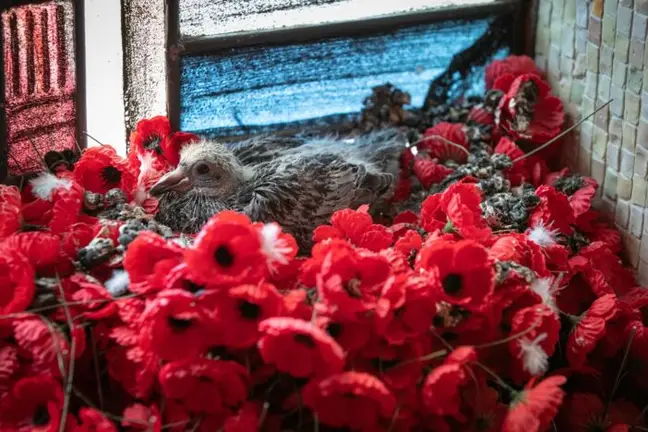
Now her bundle of feathery joy is finally here – snuggled up tight at the historic location – and is quickly becoming a celebrity in their own right.

Pigeon Towers: A Low-tech Alternative to Synthetic Fertilizers
Many societies, ancient and contemporary, have innovated ways of supplying their fields with fixed nitrogen and phosphorus—two crucial ingredients for crop productivity. One is crop rotation, which alternates nitrogen-fixing and nitrogen-exhausting crops. Farmers around the world make use of chickens, ducks, and geese to add “fresh” guano to their fields. Cattle manure is another useful alternative—although it often lacks in phosphorus. Much more labor intensive than simply adding fossil-fuel derived synthetic fertilizer, these practices tend to build up soil, limit greenhouse gas emissions, and lead to less run-off into rivers, lakes, and oceans.
Persian pigeon towers are one of the more elegant solutions to the nitrogen-phosphorus problem. These are essentially castles built for thousands of wild pigeons, strategically placed in the middle of the fields. Their droppings were shoveled up once a year and sold to nearby farmers. While most pigeon towers existing today are in disrepair, the oldest still standing are dated to the 16th century (but they are assumed to have existed over 1,000 years ago) and helped fuel the cultivation of Persia’s legendary orchards, melons, and wheat production.
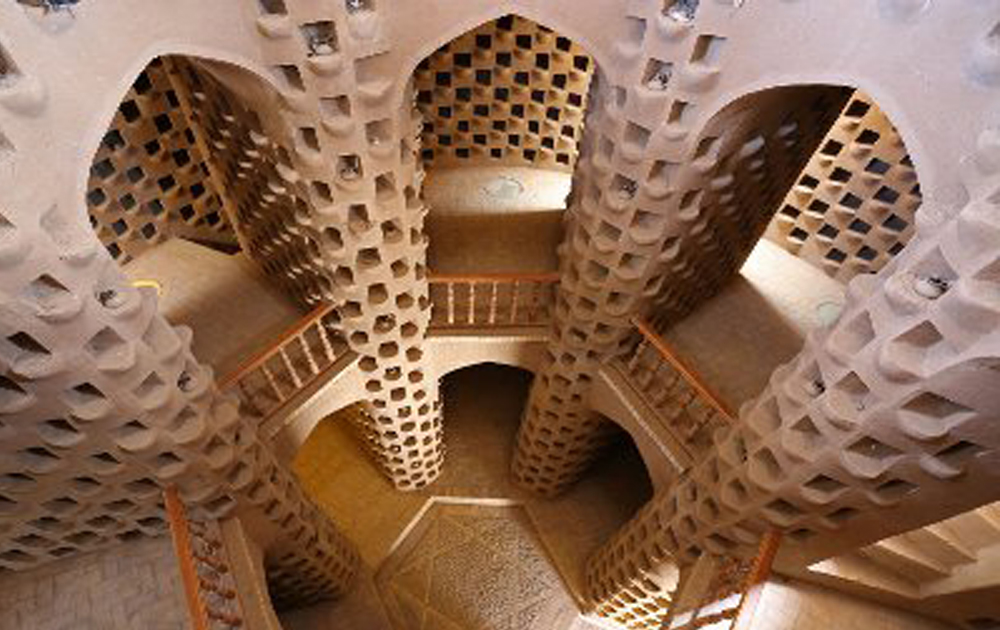
Structure
The basic design of pigeon towers is simple. Its main structure is conically shaped and made of mud bricks. At the center of the structure rests a large cylindrical drum, surrounded by smaller pillars, also made of the same brick—this design maximizes the potential surface area, allowing some towers to house up to 10,000 pigeons. The bricks are indented to create a small cove and ledge for the pigeons to nest in. At the very top of the tower there are holes that allow pigeons to come and go as they please. These holes are also designed to be inaccessible to snakes—the pigeon’s main natural predator in the region.
The structural cracks in many pigeon towers are said to be due to the tremors caused by thousands of birds in panicked flight when they spot a snake. The central drum also houses a stairway, and most towers have one or two doors to allow someone to collect droppings and check in on their guests. Sometimes the pigeons are provided with grain and water, making the tower a free bed and breakfast. In other cases, pigeons ate from the surrounding fields. Never mind AirBnB: this is the true sharing economy.
Pigeon towers are an example of what’s called vernacular architecture—a type of structure that is architecturally unique but has no single creator. Likely passed down by families throughout the ages, the design of the pigeon tower tends to be isomorphic with regional variations.
One unique aspect of the Persian pigeon towers is the ledge of the bricks on the inside of the structure. The repetitive feature creates a mesmerizing honeycomb effect, in which the whole becomes greater than the parts. It is also amazingly inventive, in that it enables the maximum number of coves with a minimum of building material. The bands of smooth plaster around the exterior of the tower may seem decorative, but are also highly functional: unlike the rest of the bricks, snakes have trouble climbing up this low-friction surface.

10,000 years
For centuries pigeons played a significant role in the Persian economy and political system. Farming first evolved in Iran 10,000 years ago, and considering this long tradition, the focus has been on sustaining yields over time rather than short-term maximization of profits. Pigeon towers became a crucial part of the agricultural economy, providing much-needed fertilizer for melons, cucumbers, and other nitrogen-demanding crops—cornerstones of Persian cuisine. With characteristic enterprise, rulers even taxed owners of pigeon towers—the equivalent of taxing salt or fossil fuels.
Pigeons also featured significantly in Persian culture—to such an extent that most European travelers, starting with Marco Polo, felt the need to make remarks about them in their travel diaries. Pigeon dung was also used to make gunpowder, well before Europeans started playing with explosives.
Most pigeon towers still around today are in the area of Isfahan, the second most populous region in Iran. However, many of these lie in disrepair. There are also pigeon towers in Eastern Turkey, but these differ greatly in their design. These look like small shacks that dot the hillside, but are actually entrances to larger caves dug into the limestone bedrock, providing large empty spaces for the pigeons to nest in. Often villagers will hang baskets in the shacks and caves as nests for the pigeons. These dovecotes are often still in use, but, like the ones in Iran, are more and more falling into disrepair.
Low Maintenance
While Iran was almost self-sufficient in food production in the 1960s, the increased use of synthetic fertilizers actually lowered food productivity, as they scorched the thin soil. Water scarcity is increasingly a problem in many areas of Iran—Isfahan being one of them, and high-input agriculture is using up most of what’s left.
This confluence of problems indicates the need to start practicing alternatives to high-input agriculture. Despite their decreased use, pigeon towers have some benefits over other low-tech alternatives in use today, such as the practice of some organic farmers to roll chicken coops over their fields. Another example is the flightless Indian runner duck, which some farmers let stampede fields in hordes, laying droppings and eating pests.
First, unlike chickens or ducks, wild pigeons are extremely low-maintenance. Provide water and shelter, and they will come. A pigeon tower is also stationary: no need to spend the whole day rolling an enormous shed around your field, or herding ducks. Like chickens, you can also eat pigeons and harvest their eggs—although peasants in Iran seemed to have abstained, in part due to the important place of pigeons in Islamic cultures. Best of all, pigeon towers are extremely low-tech: no wheels, electricity, or tractor needed: just bricks and a shovel to harvest the droppings, and some maintenance work every couple hundred years.
They may lie in disrepair today, but pigeon towers stand as monuments to the enduring importance of low-tech solutions to contemporary crises. It’s no surprise that the region that gave birth to agriculture has also refined innovative sustainable agriculture methods for thousands of years. Pigeon towers were one such innovation—and they helped Persian farmers cultivate all kinds of crops on previously arid, thin-soil land.
Aaron Vansintjan
